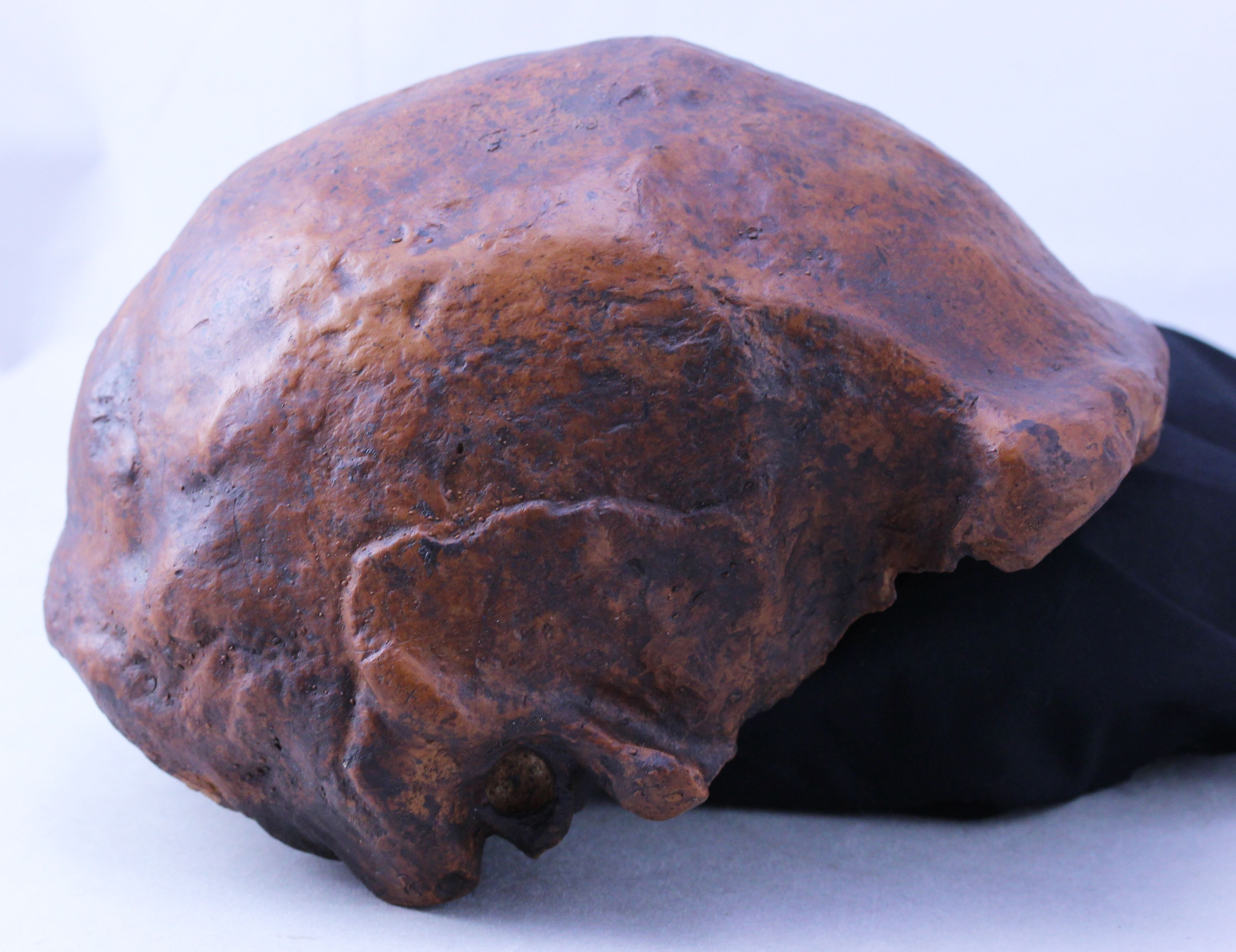Homo erectus was arguably the most successful species of human, surviving for 2 million years and using the upright walk that inspired its name to spread across much of the world. So their extinction poses a puzzle, one which has deepened with new evidence they died out long before our own species reached their last retreats to displace them. The finding also leaves open the question of our own mysterious parentage.
In 1931-1933, a set of H. erectus bones was found at Ngandong Java. However, the bones were heavily mineralized, making them unsuitable for carbon dating, while also poorly suited to other dating techniques. Attempts to discover their age produced wildly conflicting estimates (23,000 to 500,000 years), with major implications for the story of human evolution.
Dr Kira Westaway of Macquarie University and the University of Queensland's unrelated Dr Michael Westaway report in Nature that dating the bones themselves is unnecessary, because the strata in which they are deposited is 108,000-117,000 years old, and there is very little chance they moved from another stratum.
If the Westaways' work is correct, these are the youngest known H. erectus bones, and quite likely evidence of the species' last stand. We know species such as H. floresiensis and H. luzonensis, both likely close relatives of H. erectus, survived on isolated islands until more recently, but Dr Kira Westaway thinks it unlikely the parental species did the same. She told IFLScience Java is distinctively rich in H. Erectus fossils for hundreds of thousands of years. Once they vanished from this stronghold, their prospects elsewhere were grim.

The earliest signs of modern humans in the region are 75,000 years ago, so even with a little stretching there seems little chance the two branches of humanity overlapped there.
A gap between H. erectus disappearance and modern humans' Asian arrival has two major implications. It means this is one species whose extinction is not on our conscience. Previously, it was thought the appearance of a more technologically advanced species may have wiped H. erectus out, either through direct warfare or competition for prey. Kira Westaway told IFLScience the extinction appears to have coincided with Java moving from the open woodlands H. erectus preferred to rainforest. Nevertheless, the mystery remains as to why a species that once bestrode much of the planet could not find new suitable habitat.
The revised timeline also makes it unlikely H. erectus is the “ghost species” whose DNA makes up 1 percent of the modern human genome, since there would have been no opportunities for mating. Nevertheless, the authors note there is still a way H. erectus may have left a legacy within us, albeit indirect. Genetic evidence has led some researchers to think a branch of Denisovans were in the region for hundreds of thousands of years, interbreeding with modern humans in New Guinea or nearby. The Westaways think it possible the Denisovans and H. erectus interbred first, providing a pathway through which Asian H. erectus genes could survive in modern humans.
“It used to be thought all these human species were too different to successfully interbreed, but now we know that isn't true. Maybe these bones we are studying were a mixture of H. erectus and Denisovan,” Michael Westaway told IFLScience.
The human family tree may be looking increasingly like a confusing creeper plant, but the geology of Ngandong turns out to be simpler. The area in which the site is located has a series of terraces that can be accurately dated and layers above and below where the bones were found place tight boundaries on their age.





